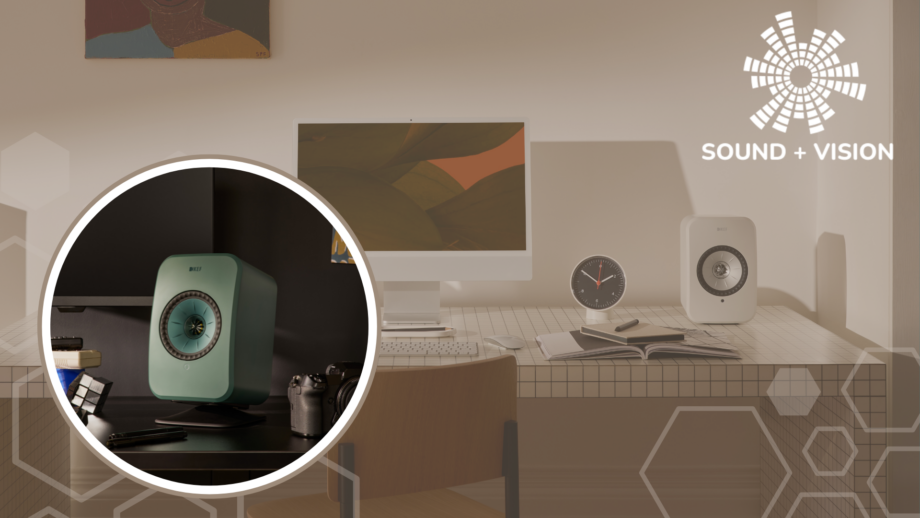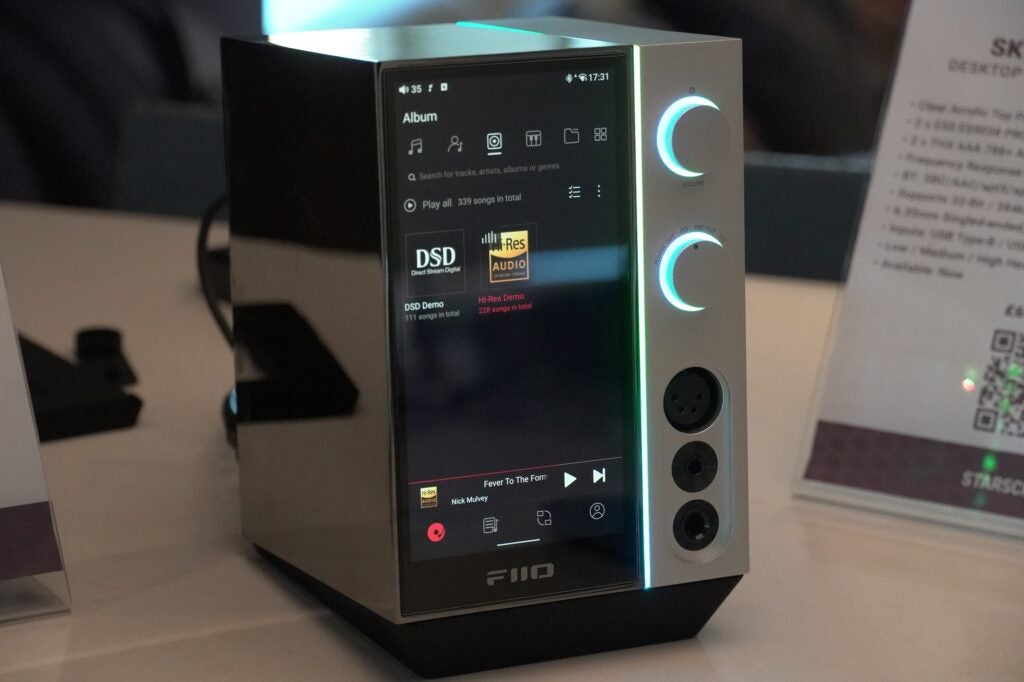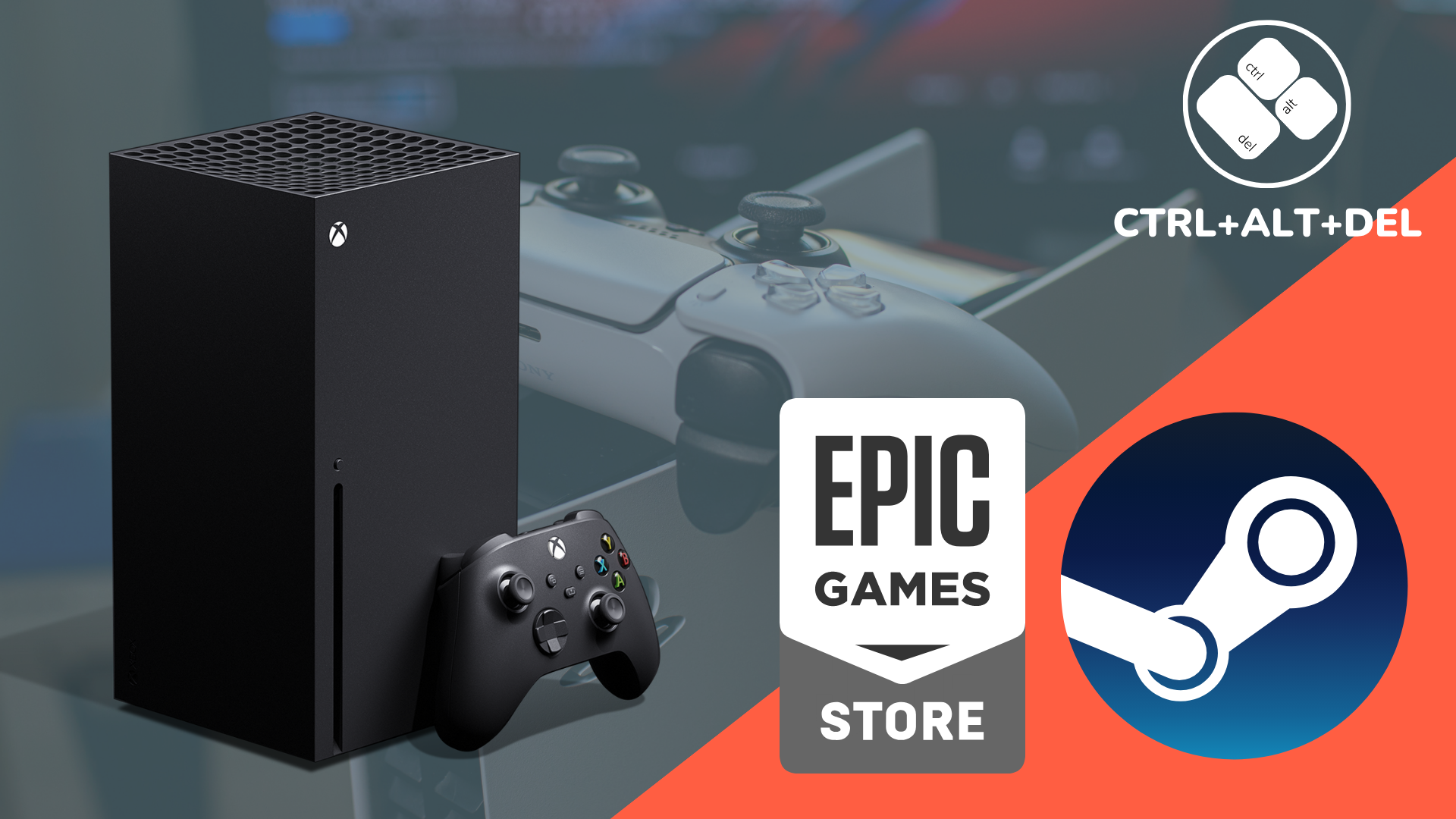Sound and Vision: Hi-Fi is more convenient, but will people pay a premium for it?

OPINION: I’ve noted in previous Sound & Vision columns that hi-fi needs to appeal to a younger, broader audience; and while it’s beginning to turn its messaging around, in this current climate, it still feels like an expensive hobby.
Hi-fi has appealed to a certain audience, and arguably it’s in need of a reformation of sorts. Smartphones swooped in and have stolen much of hi-fi’s thunder, the digital revolution if you can call it that has swept the industry and put streaming at the forefront of products because it is a concept that’s easy to understand than matching hi-fi separates and understanding what a preamplifier is or figuring out what a phono stage is.
Products are designed with streaming in mind, and this was a feature I noticed a lot at CES 2024. New kit such as the FiiO R9 (£1399 / $1499) has an array of physical outputs, but the way it wants you to interact with it is through all the streaming services it supports.

I’ve noticed in recent times that the likes of CD players and stereo amplifiers aren’t as common as they used to be. Music streamers, Bluetooth turntables, and all-in-one systems are becoming increasingly popular. You’re even getting cross pollination with hi-fi and home cinema as the recent announcement of the Audio Pro C20 shows – a wireless speaker that you can stream music to (naturally), as well as connect to a turntable and even use it as a speaker for your TV.
We’re increasingly moving to an experience with fewer boxes (or hi-fi separates), to products that can serve many purposes; their flexibility is a strength not a wishy-washy motive of appealing to everyone and no-one at the same time. And it’s the smartphone that’s leading this charge. It’s likely everyone that I or you know has one in their pocket, a Trojan Horse to get connected to any device at home with a tap of a button.
But I’ve been thinking recently about the pricing of such products. I’ve been reviewing the PSB Alpha IQ recently, ostensibly one of the latest breeds of products that’s putting the emphasis on hybrid connectivity with its streaming features and ability to be connected to TVs, game consoles, and computers. But it currently costs £1099, and I would say that for many, that’s a huge expense.
The KEF LSX II LT takes a similar approach, and it costs £899 / $999. All-in-one products like the Ruark R410, Sonus faber Omnia, and the Q Acoustics Q Active 200 cost £1299, £1599, and £1499 respectively. Considering the younger audience these speakers are presumably aiming towards, do they have enough disposal cash to pay for it. I’m not too sure.
That’s not to say that there aren’t affordable products available. The aforementioned C20 wireless speaker is £450. The Technics Ottava f SC-C70MK2 is higher at £799, and a speaker system such as the Q Acoustics M20 HD (£399 / $599), Sonos Era 300 (£449 / $449) and Bluesound Pulse M (£449 / $449) are even cheaper, though I still feel people would baulk at those prices.
Hi-fi is getting smaller, smarter, and better connected but there is a premium price to pay for this convenience. I would say the price is worth paying, especially if they’re of high-quality performance, but it’s a high barrier to entry if we’re talking about the mass market.
From the little things I’ve picked up at recent events, where I see the entry point is through families. There’s still room for that high-fidelity audiophile experience, but I also see hi-fi moving from the man cave into the living room, a wireless speaker that anyone can pick up their phone and connect to. That’s the future that’s on the horizon, though in my mind I sense reluctance to fully embrace if you’re dropping over four figures for it.








